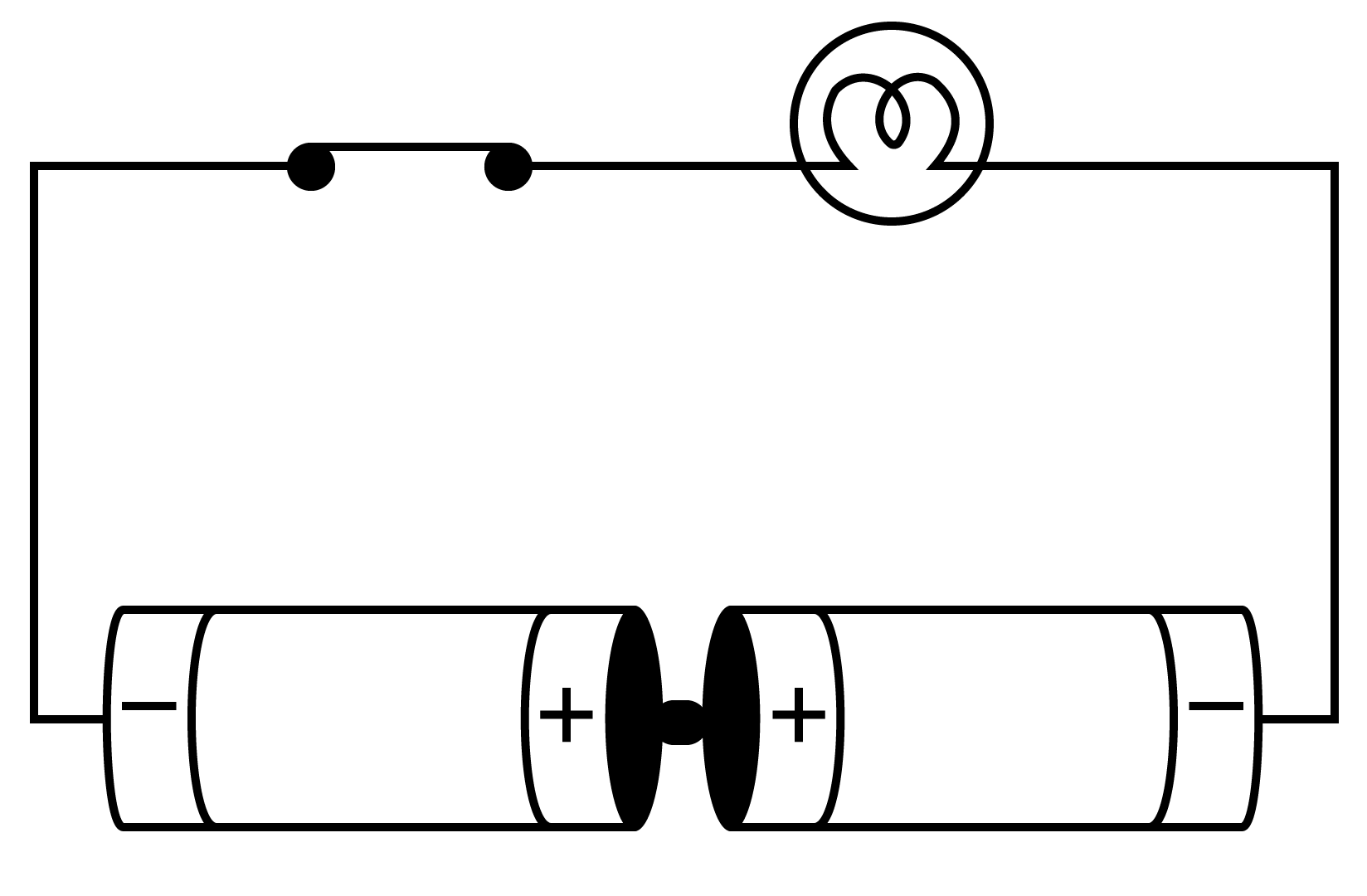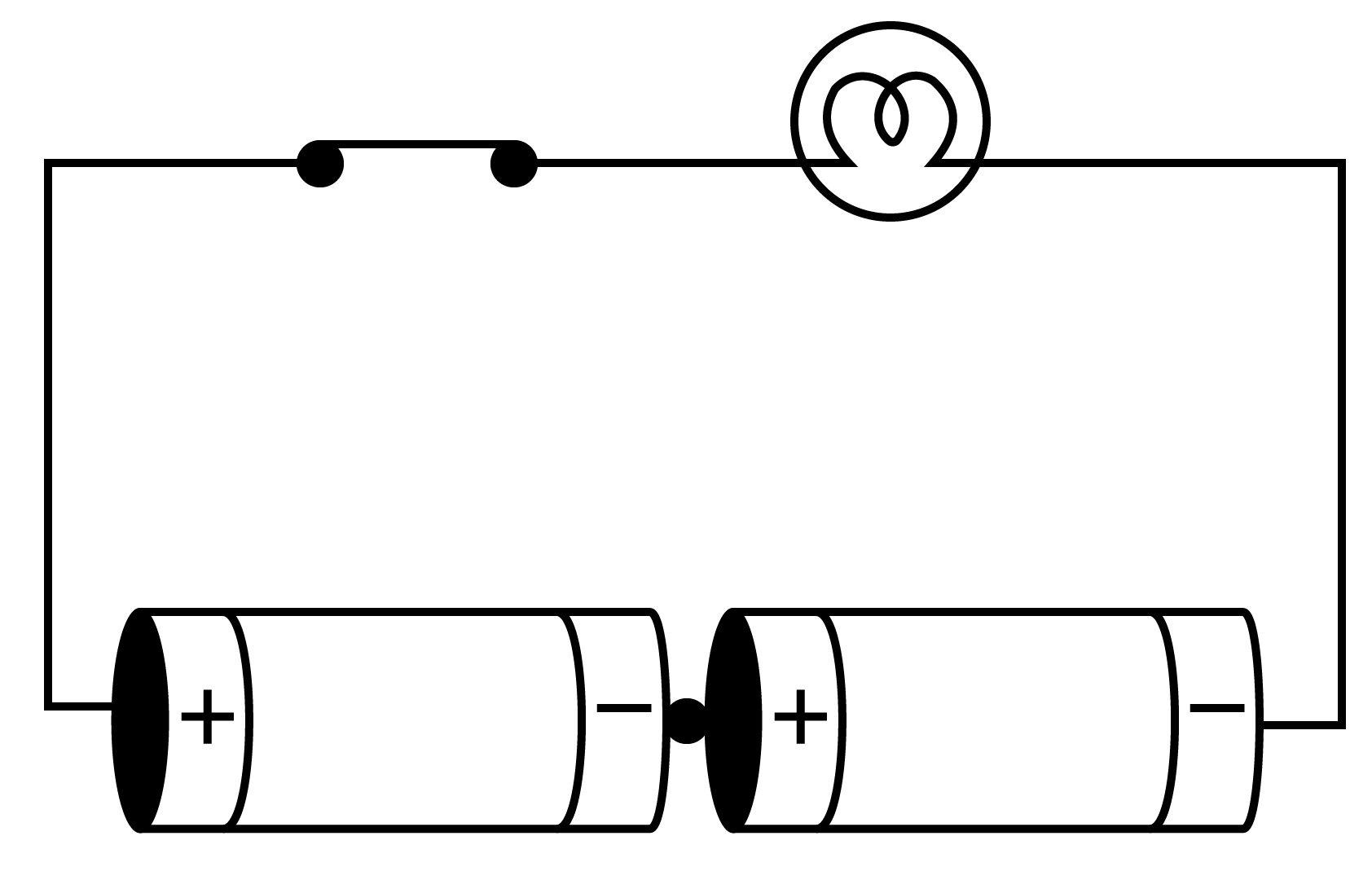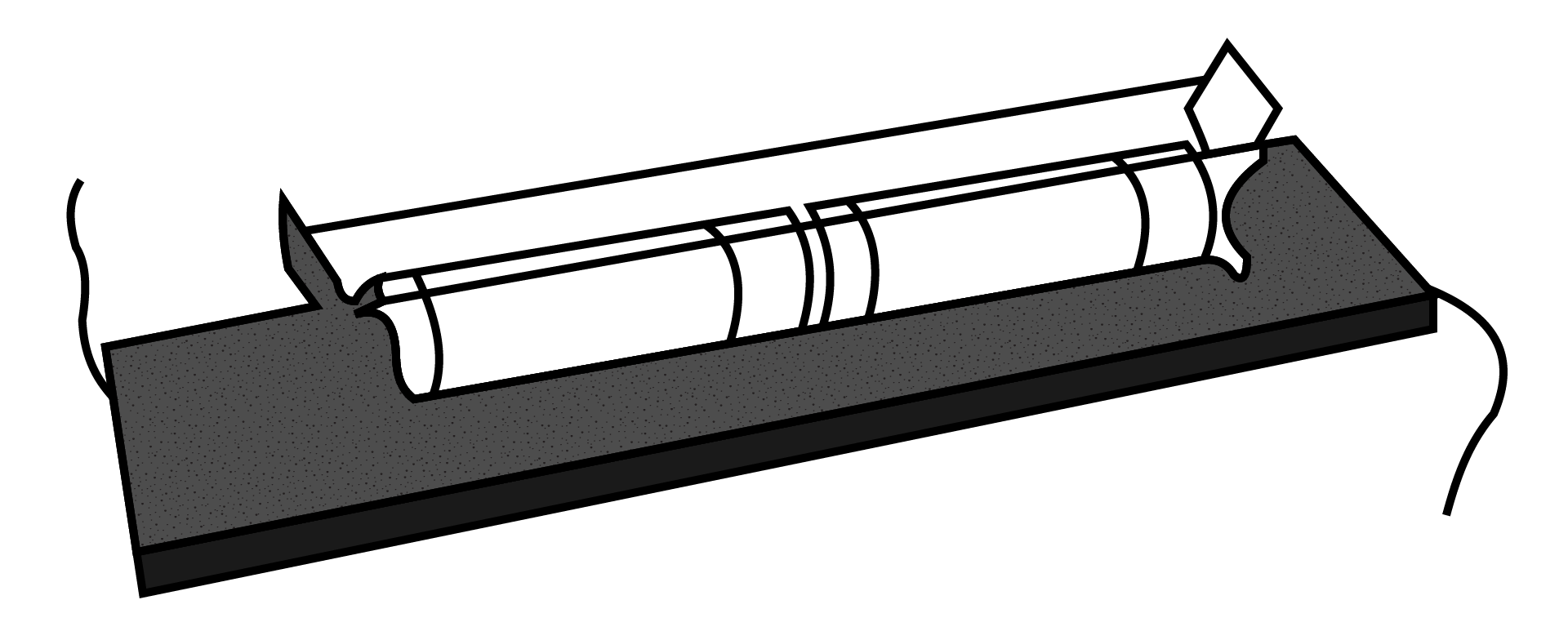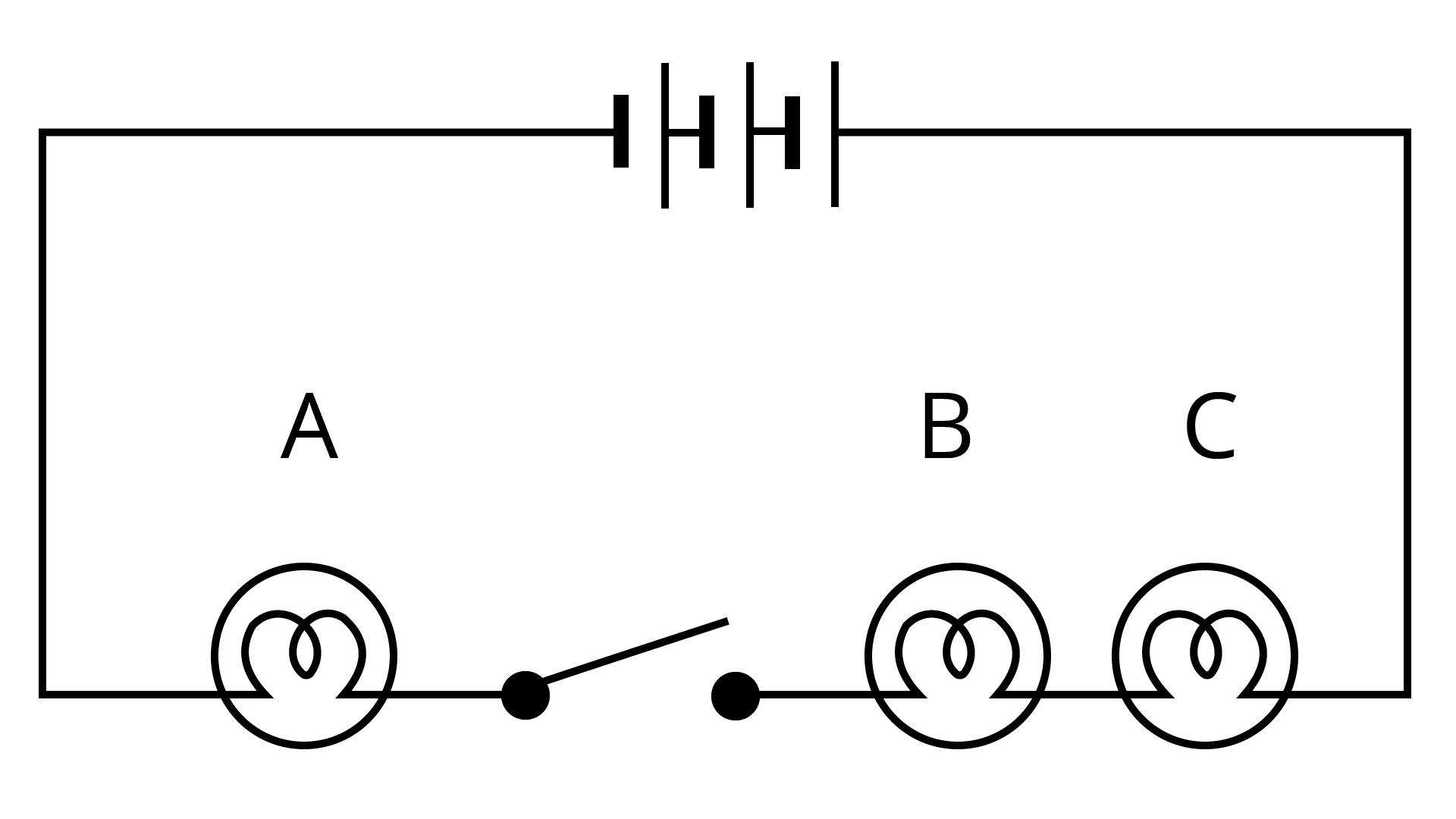NCERT Solutions for Class 7 Science Chapter 14 Electric Current and Its Effects In Hindi PDF Download
FAQs on NCERT Solutions for Class 7 Science Hindi Chapter 14 Electric Current and Its Effects
1. Where can I get the NCERT Solutions for Class 7 Science Chapter 14?
Vedantu provides CBSE students with NCERT Solutions for Class 7 Science Chapter 14. These NCERT solutions are offered by Vedantu in both Hindi as well as English Mediums. NCERT Solutions has answers to all types of questions including short answers and long answer questions. It provides examples and exercises that students can prepare to understand the chapter better. It even gives solutions to all important questions from the examination point of view. All the study material including NCERT solutions is also available on the vedantu app.
2. What are the concepts covered in Chapter 14 of NCERT Solutions for Class 7 Science?
NCERT Solutions for Class 7 Science Chapter 14 has a wide variety of concepts that students can learn. Chapter 14 talks about Electric Current and its effects. Vedantu provides the students with an opportunity to learn a variety of concepts with the notes they provide. Some of the important concepts covered in NCERT solutions are the Electric bell, the Heating effect of electric current, the Magnetic effect of electric current, Electromagnet, and the Symbols of Electronic Components.
3. Name any two effects of electric current.
Electric currents have two main effects. These are the heating effect and the magnetic effect. To further explain the effects of electric current, it is as follows:
(i) Electric current gives rise to lighting and heating. A wire-carrying current gets hot every time electricity passes through it.
(ii) Electric current can also convert a straight conductor to a temporary magnet. When electric current passes through a straight conductor, a magnetic field is produced around it which shows deflection.
4. The combination of two or more cells is called a________
When two or more cells are combined it is known as a battery. Both the cells and the battery are used as a source of electric current. However, there are a few differences between the two. The current present in a battery is much bigger as compared to the current in the individual cells. This is because the battery is said to be a combination of two or more cells combined.
5. Can a piece of Nichrome get heated when electricity passes through it?
A piece of Nichrome usually does get heated when an amount of electricity passes through it. The resistance of a Nichrome wire is very high. When an electric current is passed through a nichrome wire there is an excess amount of heat generated causing the wire to become very hot. Therefore, the greater the magnitude of the current passed through the Nichrome wire, the greater the amount of heat that will be produced.




















